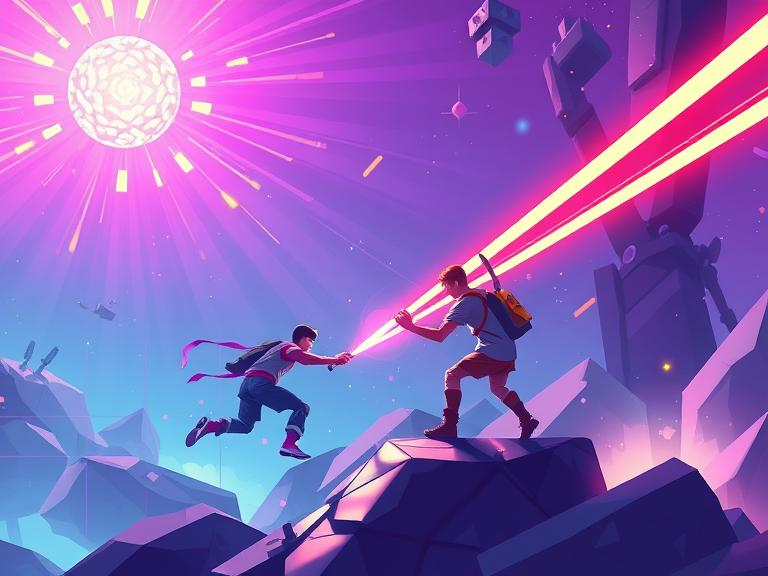Friction in games—moments of resistance, delay, or complication—is often viewed negatively. Yet when used intentionally, friction enhances immersion, tension, and player satisfaction. It slows players down, not to annoy them, but to ground their experience.
Red Dead Redemption 2 is a textbook example. Animations are slow, looting takes time, and actions have weight. This friction reinforces the game’s realism. You feel like you’re embodying a person, not just controlling an avatar.
In Dark Souls, healing isn’t instant. You must commit to the action and time it properly. This mechanical friction creates tension and pushes players to think ahead. The same applies to slow stamina recovery or deliberate attack animations.
Crafting systems that require travel, tool use, or limited inventory space (like in The Forest or Green Hell) create logistical friction. They transform crafting into survival storytelling, not just menu management.
Not all friction is physical. Narrative friction can emerge in dialogue, puzzles, or decision-making. Games like Papers, Please use procedural complexity to emphasize moral tension and bureaucracy.
For friction to work well:
- It must align with theme and tone
- It should increase immersion, not break it
- It needs balance: too much creates frustration
- It must reward patience and mastery
Friction slows progress, but it can sharpen presence. It asks the player to be deliberate, attentive, and immersed—not just efficient. Used thoughtfully, it becomes a tool for deeper engagement.

Leave a Reply